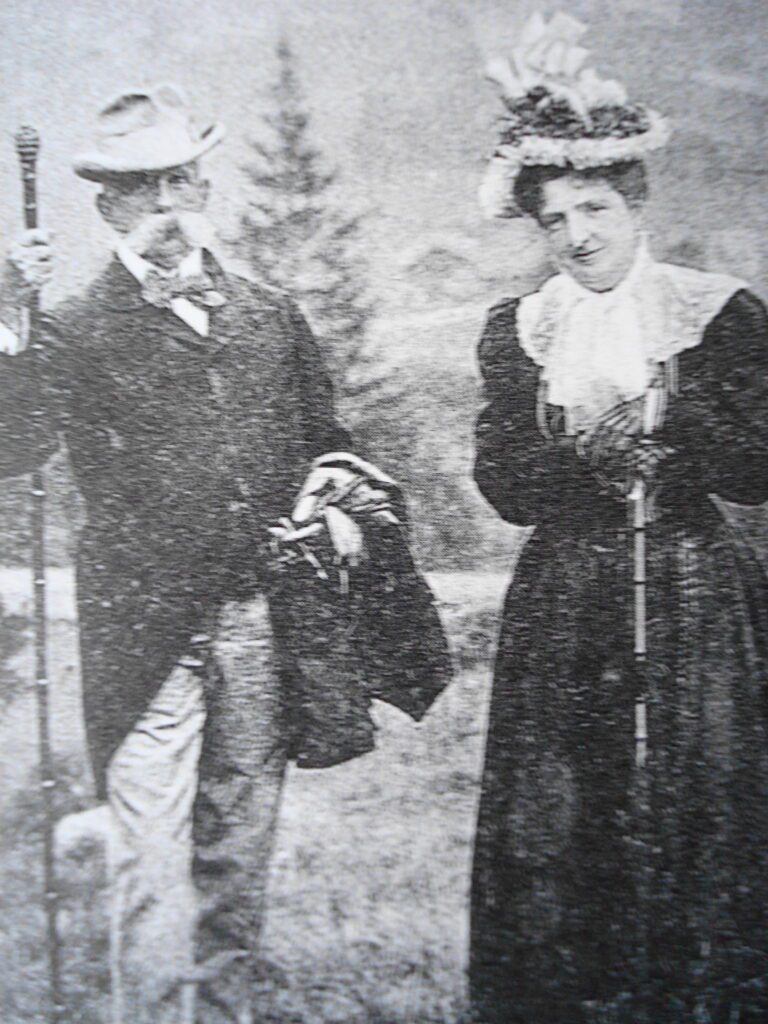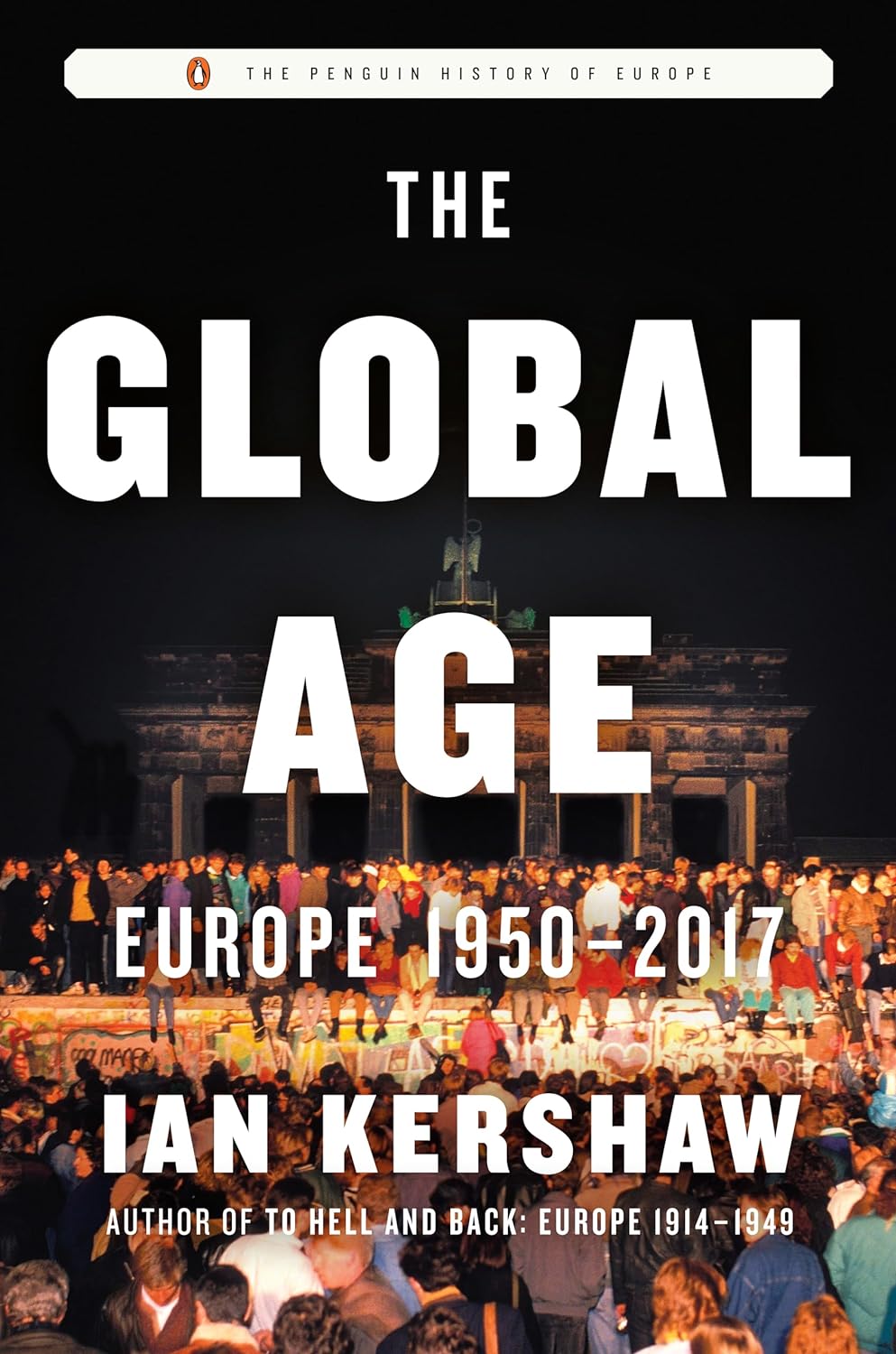The History of Food Delivery
Reading time: 7 minutes
Friday night food delivery is a tradition that is as old as time itself. In my house at least. And while many might not remember a time before food delivery, the history is a lot older than you might think. From ancient Rome to Uber Eats, the history and evolution of food delivery is a long and winding story.
By Jade McGee.
The Birth of Restaurant Culture
Fast food has its roots in Ancient culture. No matter the century, human nature seems to crave convenient, easy access to food prepared and sold by others. In 1911, historians found evidence of one of these ‘fast food’ restaurants in Pompeii. Called a ‘thermopolium,’ these establishments were specifically designed to provide refreshments and hot, prepared food for the working class.
Similar establishments cropped up in the 11th and 12th centuries across Asia. By the 16th century, Tea Houses emerged, setting the standard for modern restaurant culture. Sen no Rikyū, the man who redefined the Japanese tea ceremony in every aspect, created the multi-course tradition known as kaiseki.

Rikyū’s grandsons expanded on his new tradition, establishing the inclusion of specialty dishes and matching cutlery.
“Take out” only became part of American culture in the late 1800s. Travellers and those struggling financially took advantage of these restaurants. But these fast-food restaurants became far less accessible during the Jim Crow era, especially for black Americans. However, seeing this need, black southern women began selling premade food-to-go to fellow black Americans.
The First Delivery
But what about actual food delivery? Well, given the significance of pizza delivery in modern culture, it should come as no surprise that the very first food delivery we know of was in fact a pizza.
Restaurants and takeout were gaining popularity across Europe, but not everyone found the food to be desirable. This was the case for the King and Queen of Italy in 1889. When the royal pair visited Naples, they insisted on getting their own food delivered. Some accounts vary, though, saying that only when Queen Margherita fell ill, did they insist that Faraele Esposito deliver his famous pizza to them.
As the story goes, Faraele Esposito agreed. He whipped up his famous pizza in the now legendary Pizzeria di Pietro e Basta Cosi and delivered it to his queen. She gave a raving review, and the chef named his mozzarella and basil pizza after her. The Margherita pizza was born. There are contested claims as to the origin of this name though. It may also be that the King and Queen had invited Giovanni Brandi, owner of several Neapolitan pizzerias, to make them pizza. According to some historians, he is the true creator of the Margherita pizza.

Dabbawala
While the Margherita pizza started it all, it wasn’t until 1890 that the very first meal delivery service was established. India, while under British rule, experienced mass urbanization of workers in the late 1800s. Many of these workers moved to Mumbai, where they would leave for work extremely early in the morning and would often not have the time to go for lunch.
The sudden influx of people created a new demand that Mahadeo Havaji Bachche was happy to meet. With about a hundred men, he started a meal delivery service that delivered food to people in their place of work. A delivery man was called a “Dabbawala” which translates to “The one who carries a box.”
The Mumbai Dabbawala service continues to feed the busy working populace today, delivering over 200,000 meals daily.

Meal Delivery in America
By the 1920s, take-out had cemented itself in American culture. But with the evolving world and with the establishment of the Dabbawala service, it’s no surprise that food delivery was beginning to gain traction.
In Los Angeles in 1922, one Chinese restaurant sets this evolution in motion. Kin-Chu café’s ad stated that it was the “only place on the West Coast making and delivering real Chinese dishes.”
People fell in love with the concept (of course) and the system had major potential. However, any growth was thwarted when the Great Depression struck in 1929. Dashing all hopes even more for this budding industry was the Second World War… or so one may think…
WW2 Delivery Services and the Rise of Pizza in the USA
Luxuries like take-out food and meal delivery were certainly not top of mind once the world was thrown into another war. Oddly enough, meal deliveries began seeing an upward trend. At first, the meal delivery services were solely for food parcels.
This was specifically seen in London, which was suffering under the Blitz. To ensure the wellness of the British population, the UK government enlisted chefs and volunteers to deliver ready-made meals.
The idea of delivering wellness packages spread quickly, reaching countries all over the world, including Australia and the USA. These services were so well received that they continued to run even after the war. Except now, it aimed to get veterans back on their feet.
The Good Stuff – How Pizza Invaded America (and Conquered the World)
During this time, American soldiers returned from the Italian frontlines, bringing with them tales of pizza and pasta. The idea of pizza made such a splash that the New York Times published an article all about this Italian dish.
The article explained what pizza was, describing it as “super popular” in Southern Italy and making the extremely bold claim that it would make the perfect meal for takeout and delivery. It also declared that it could be as popular as the hamburger if more people knew about it.
While it took some time, pizza would become an American staple, fuelled by the rise of suburban culture from the 1950s.
Suburbia and Beyond
As the movement towards the suburbs took hold, so too did the TV culture. By the 1960s, people across the States preferred sitting and eating in front of a TV to going out to a restaurant. This forced the now struggling restaurant industry to look toward fast food and delivery services.
Americans had also fallen in love with pizza. So much so, that the very first pizza delivery service was established in LA in the 1950s. The iconic Casa D’Amore is considered the very first pizza restaurant to offer these services.

Inexorably, food delivery began to grow. In the 1990s, Pizza hut launched Pizzanet, one of the first websites on the internet. While Pizzanet only worked for those living in Santa Cruz, it did spark the establishment of online delivery services.
One such service is Waiter.com, which was established in 1995. While it only worked in the San Francisco Bay Area, Waiter.com offered meal delivery from over 60 partner restaurants in the area. This innovation resulted in the creation of the many meal delivery services we know today, like UberEATS and Grubhub.

Thanks to Ancient Roman restaurant culture, pizza, and Queen Margherita, we can now simply enjoy our favourite meals without ever leaving the house.
Podcasts about the history of food delivery
Articles you may also like

German spies in South Africa during WWII – The enemy within
Reading time: 5 minutes
The story of the intelligence war in South Africa during the Second World War is one of suspense, drama and dogged persistence. South Africa officially joined the war on 6 September 1939 by siding with Britain and the Allies and declaring war on Nazi Germany.
South African historians have largely overlooked the intelligence war, partly because of the apparent paucity of reference sources on it. This lack of attention prompted me to investigate the matter further. The result was my book Hitler’s Spies: Secret Agents and the Intelligence War in South Africa.

Kazakhstan: A Story of Endurance
Reading time: 7 minutes
As protests erupt across the former Soviet republic, the world watches transfixed. How did Kazakhstan come to be the country it is today?

How the Australian Secret Service Helped Overthrow the Chilean Government
HOW THE AUSTRALIAN SECRET SERVICE HELPED OVERTHROW THE CHILEAN GOVERNMENT Recently, documents came to light that showed that the Australian Secret Intelligence Service (ASIS) played a small but active role in the Chilean coup of 1973, when General Augusto Pinochet overthrew the elected government of President Salvador Allende. In this article History Guild takes a […]
The text of this article was commissioned by History Guild as part of our work to improve historical literacy. If you would like to reproduce it please get in touch via this form.








